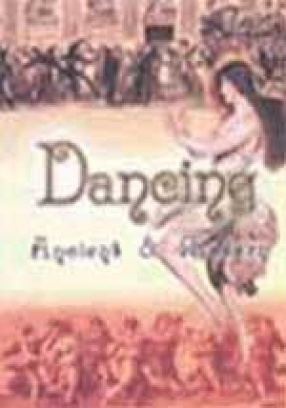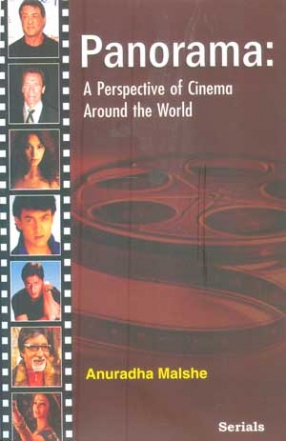The result of research into the history of primitive civilizations seems to prove that dancing is the first art, as it is the earliest impulse that takes an outward embodiment. Just as the individual infant makes its feelings known by cries and gestures; so pre-historic man, striving to find an outlet for the various passions which move him, resorts also to these primitive modes of expression. Dancing, in its first analysis, consists, therefore, of bodily actions conveying ideas in a dramatic form, but even in its earliest stages it is more than this, it is rhythmic. With regard to the origin of dancing, it seems in all cases to be a blend of at least three principles: 1. Ceremonial, or religious dancing, imitative of the movements of the spheres, as they were called in the ancient cosmogony; 2. Dramatic or histrionic representations of man/s chief passions – Love and War – with other primitive themes as a basis; Mimicry, or imitations of the movements of animals, as an out come of the belief in animal ancestry. The infinite variety of modifications found in ancient, in savage, and in modern dances has been discussed comprehensively in this book. Primitive dances, antique dancing, medieval sacred dances, European dances, dances of the east, dances of the north, military dances, the ballet, modern dancing and the revival of antique dances in modern times, duly supported by illustrations from the total body of this work. Research scholars delving deep in various dance forms are sure to find a treasure house in it.
Compositions of Muddusvami Dikshitar in National and International Scripts: Devanagari & Roman with meaning and SRGM notations in English
From time to time this ...
$76.50
$85.00





There are no reviews yet.